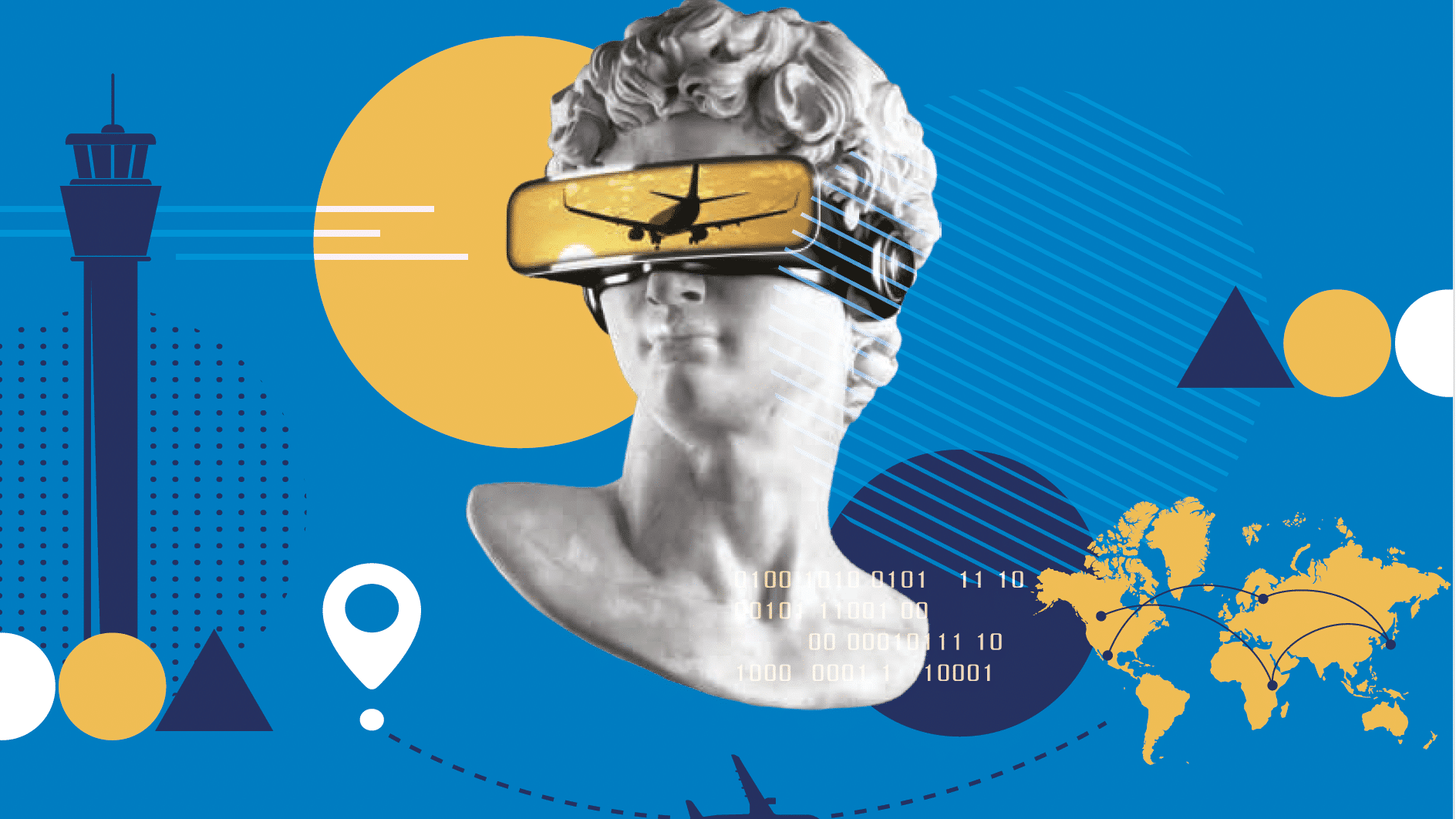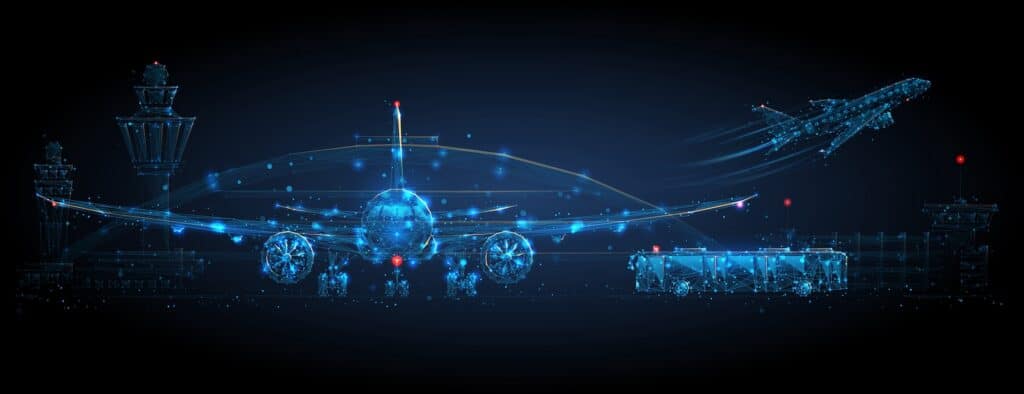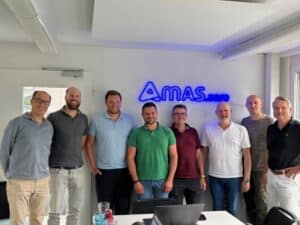The new frontier of aviation safety
Artificial Intelligence (AI) is no longer science fiction in the aerospace sector. With growing system complexity, regulatory shifts, and the ever-present need for safety, AI is emerging as a transformative force. It’s enhancing the way aviation professionals manage compliance and safety — two of the industry’s most critical functions. As the European Union Aviation Safety Agency (EASA) pushes forward with its AI Roadmap 2.0, the industry is entering a new era: one where AI is not just a tool but a strategic enabler.

Understanding EASA’s vision: AI Roadmap 2.0 in a nutshell
EASA’s AI Roadmap 2.0 presents a bold but structured vision: a human-centric, trustworthy approach to AI in aviation. It classifies AI use into levels of increasing autonomy:
- Level 1A & 1B: Human assistance and cognitive support
- Level 2A & 2B: Human-AI cooperation and collaboration
- Level 3A & 3B: Advanced automation, with or without human override
EASA emphasizes that AI systems must be transparent, explainable, and accountable. These principles are the foundation for safety and public trust — and essential for any compliance solution integrating AI.
The roadmap also calls for cross-domain rulemaking, updated staff competencies, and the integration of AI into certification, standardization, and oversight. It highlights ethical concerns, including the importance of non-discrimination, fairness, and data governance, aligning perfectly with AMAS.aero’s platform design principles.
These efforts also align closely with broader regulatory initiatives like the EU AI Act, which provides a harmonized framework for AI regulation across Europe.
Where AI meets compliance and safety in aerospace
AI is making its mark across aviation’s safety and compliance ecosystem. Key areas include:
- Regulatory tracking
AI algorithms monitor and interpret updates from authorities like EASA, alerting users of relevant changes and offering contextual analysis. - Risk and hazard identification
Machine learning models analyze operational and historical data to predict and flag potential risks, enabling proactive mitigation. - Performance monitoring
Real-time tracking of safety KPIs and compliance metrics using AI-enhanced dashboards and predictive alerts. - Reporting & audits
Intelligent workflows that streamline data collection, standardize audit responses, and auto-classify non-conformities for quick resolution.
These capabilities allow compliance teams to shift from reactive to proactive — identifying issues before they escalate and maintaining full oversight in increasingly complex regulatory environments.

Assisted, automated, and augmented intelligence: what they mean in practice
AMAS.aero integrates AI at multiple levels to simplify complex compliance workflows:
- Assisted intelligence
Supports users during critical decision-making. For instance, safety managers can receive contextual suggestions when categorizing an incident based on historical data patterns. - Automated intelligence
Replaces manual tasks, such as generating monthly compliance reports or identifying revisions in regulatory standards. This frees up time for value-added activities. - Augmented intelligence
Offers real-time data-driven insights to improve strategic decision-making. Example: evaluating trends in hazard reporting across departments to improve safety strategy.
This intelligent layering makes AMAS.aero more than just software — it’s a digital co-pilot for compliance and safety professionals.

Trustworthiness and human-AI teaming: A must for aviation
Trust is a cornerstone of aviation safety. EASA’s Roadmap defines AI trustworthiness through key criteria like transparency, data governance, and human oversight. AMAS.aero aligns with this philosophy:
- Transparent workflows
Every action and decision in the system is traceable, with documented rationale and version control. - Data traceability
Full audit trails for all records, ensuring compliance with EASA and GDPR requirements. - Role-based access & oversight
Accountability is embedded through controlled access, approval workflows, and real-time user monitoring.
Incorporating human-AI teaming, AMAS.aero enhances—not replaces—expert judgment. It enables human operators to collaborate with AI tools that explain their reasoning, making decision-making both faster and more defensible.

Why AMAS.aero is built for the AI-powered future of compliance
Developed by AeroEx and a global network of aviation experts, AMAS.aero is designed from the ground up to address industry-specific pain points. Here’s how:
- Regulatory intelligence
Seamless integration with EASA databases and continuous updates ensure no compliance obligations are missed. - Audit automation
Tools for planning, executing, and following up audits with cross-referencing to current regulations. - Hazard & risk management
Intelligent modules for identifying hazards, assessing risks, and implementing mitigation strategies with full traceability. - Customizable modules
Whether you’re a small MRO or a large airline, workflows can be tailored to reflect your processes and terminology. - Scalable intelligence
From basic automated notifications to full AI-driven safety analytics, the platform grows with your maturity level.
Innovations like these echo larger initiatives such as the SESAR 3 Joint Undertaking, which supports AI adoption across European air traffic systems.

Practical takeaways for aerospace organizations
Here’s how organizations can begin harnessing AI responsibly in their compliance and safety ecosystems:
- Start small, scale smart
Introduce features like automated task tracking or intelligent document retrieval. - Stay aligned with EASA
Choose platforms, like AMAS.aero, that align with the AI trustworthiness framework and EU AI Act guidance. - Train your team
Provide training on working with AI tools and interpreting machine-driven insights. - Monitor continuously
Establish real-time dashboards and anomaly detection alerts to manage risk proactively. - Seek expert partners
Leverage advisory services from AMAS.aero’s subject matter experts for tailored digital transformation support.
Learn more about how AMAS.aero solves common compliance challenges.
Conclusion: Navigating the future with confidence
AI is not just reshaping compliance and safety — it’s redefining the future of aviation itself. The digital transformation journey requires trustworthy, intelligent, and user-focused tools that can keep pace with regulatory evolution and operational complexity.
With guidance from EASA’s AI Roadmap and support from intelligent platforms like AMAS.aero, aviation professionals are well-equipped to navigate this evolution. From streamlining daily tasks to providing strategic insight, AMAS.aero ensures you stay compliant, confident, and competitive in a rapidly evolving industry.
Ready to future-proof your compliance and safety systems? Discover how AMAS.aero can help your organization lead with confidence.




